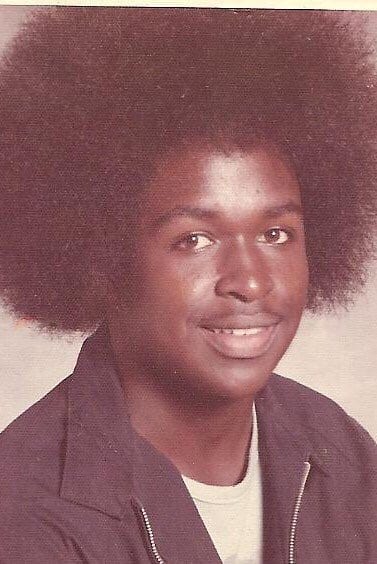Roy Watford was just 18 years old when he was convicted for a 1977 rape of a twelve year old female. Court now questions his guilt.
Rape is a serious offense. When convicting an individual for such a crime, a court should be reasonably confident that the correct perpetrator is identified and put behind bars. There should never be lingering questions. In this day and age, DNA evidence is key to providing a relatively solid link between a victim and the aggressor, should DNA evidence be present. Scientific advancements have helped investigators tremendously, but this technology hasn’t always been available. In the not so distant past, law enforcement relied heavily on the statements of witnesses and on the victim properly identifying the person responsible. As one could imagine, these statements are not as reliable as DNA. A victim’s recollection of a traumatic event can be vague and contorted, and eye witnesses often misidentify.

Roy Watford was just 18 years old when he was convicted for a 1977 rape of a twelve year old female. The victim had pegged him as the perpetrator. He received a ten year suspended sentence after being forced into pleading guilty to the charge, which would enable him to complete high school during his sentence. Watford’s brothers were also initially suspects in the case. There was DNA collected, but a match would never be made to these men when the tests were conducted during the state’s post-conviction DNA project. Watford’s siblings were never convicted.
Watford, now 57, is stating he shouldn’t have been convicted either. He says that DNA evidence proves his innocence. In fact, DNA of several males were found on the scene, but none of this evidence matched the Watford men. Initially, the convict filed a petition through his attorney, Jon Sheldon, back in 2016 to convince the Virginia Supreme Court to drop charges.

After the filing was submitted, The Office of Attorney General Mark Herring motioned for the Supreme Court to dismiss or deny the petition based on its opinion that Watford had not met the “demanding burden” of showing that “no rational fact finder would have found him guilty beyond a reasonable doubt”. Sheldon responded by filing new paperwork, which he felt would better meet the criteria and provide new evidence that the victim actually never claimed Watford was her attacker and was confused by investigators’ questions. Sheldon also stated that the girl’s statement named an alternative set of brothers as potential suspects.
One of the man who served as a witness leading to Watford’s conviction is now in prison himself, serving a life sentence. The Court is asking why the imprisoned man was allowed to testify for the prosecution to begin with and what relationship this man had to the victim. It is also asking whether the state ever developed a DNA profile on this witness or any of that man’s brothers. One his brothers, in fact, has been convicted of another rape. The Court would like to know how certain the woman was when she named Watford as her attacker, and whether there could have been other factors influencing her perception or statements. There are simply far too many questions still demanding answers.
Sources:
Man who was a teen when he pleaded guilty to 1977 rape gets hearing on actual innocence claim


Join the conversation!